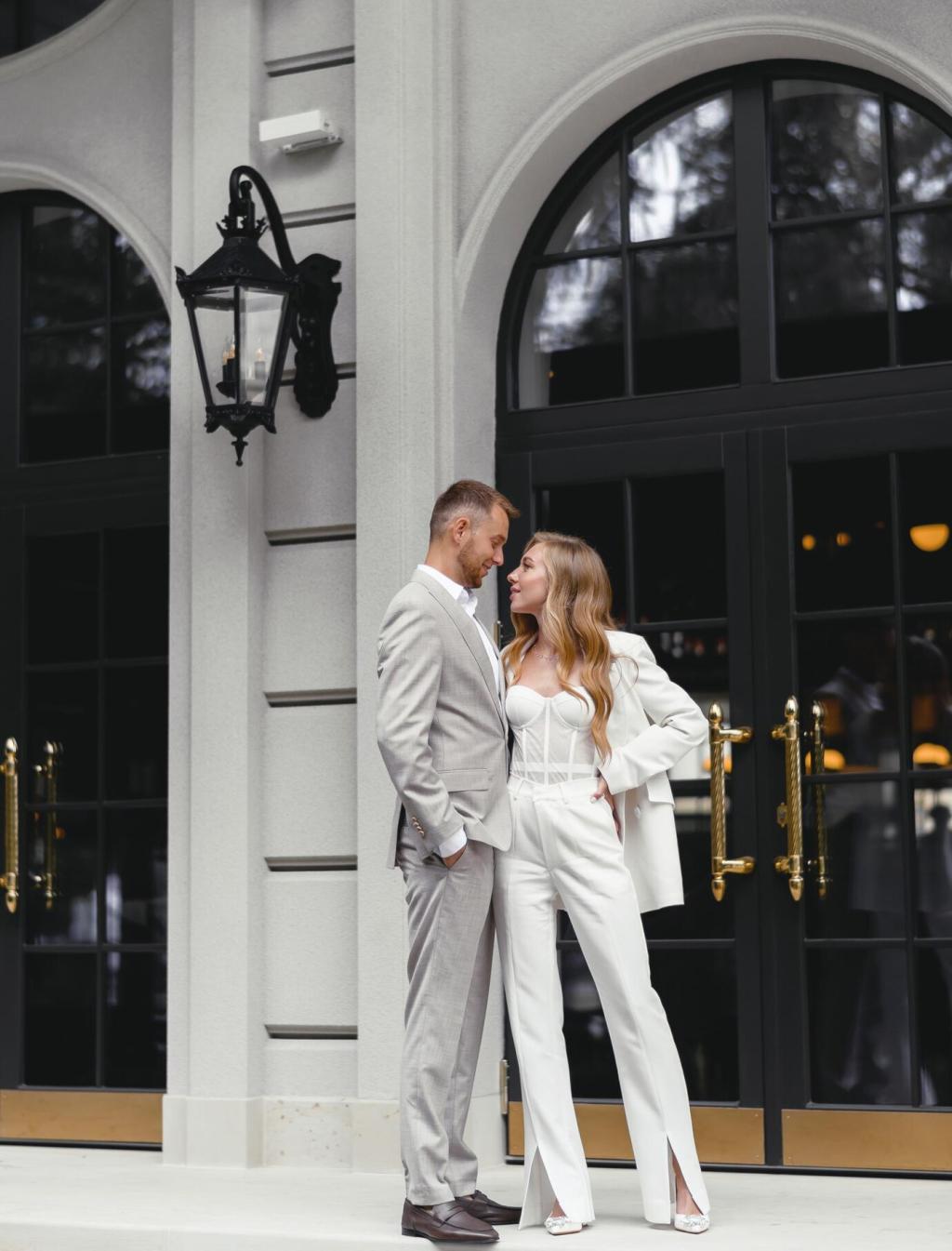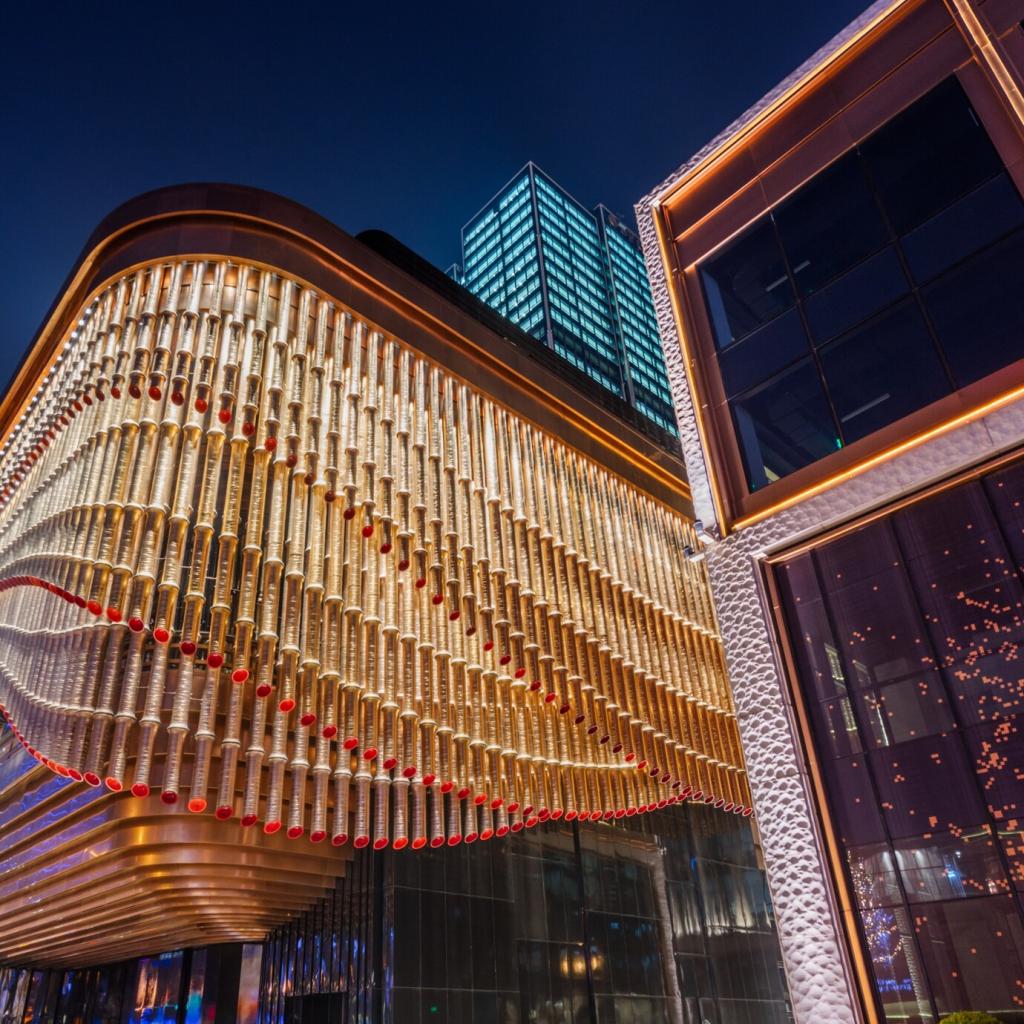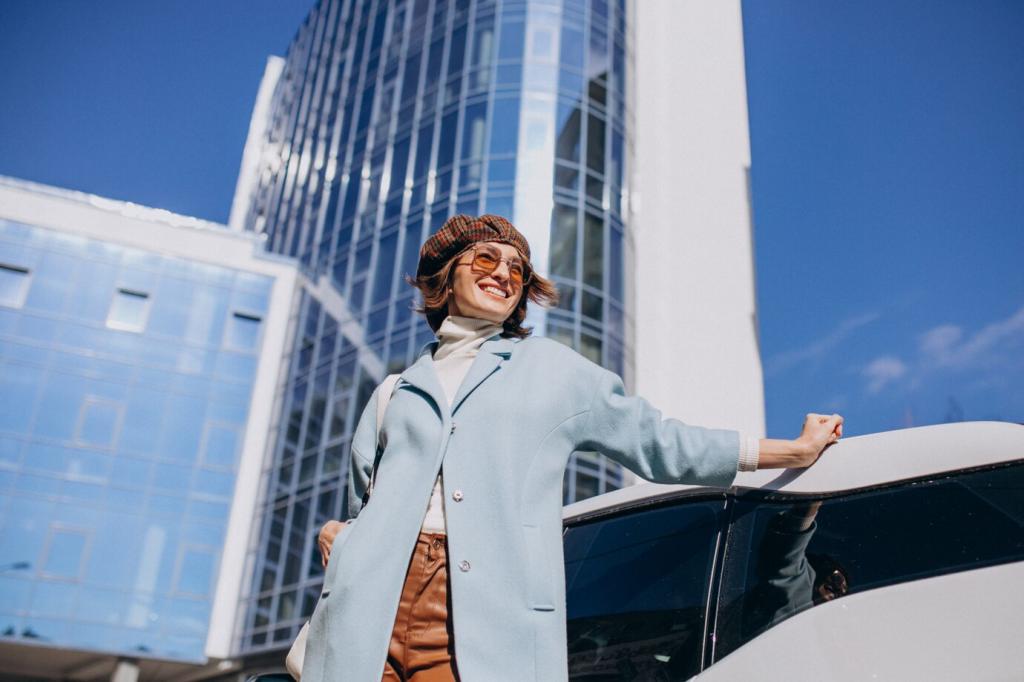The Impact of Architecture on Luxury Property Value
Chosen theme: The Impact of Architecture on Luxury Property Value. Explore how design clarity, materiality, and context shape premium pricing and enduring desirability. Join the discussion, share your experiences, and subscribe for deeper insights tailored to discerning buyers and investors.

Architectural Identity and the Price Premium
Signature Design as a Luxury Signal
Buyers pay for homes that feel authored. Strong massing, coherent lines, and a recognizable design language signal confidence, curation, and scarcity—attributes that consistently elevate luxury property value in competitive, design-aware markets.
Proportion, Light, and Spatial Drama
Ceiling heights, window placement, and room sequences shape emotional impact. Grand volumes and daylight orchestration transform everyday living into theater, encouraging buyers to stretch budgets for homes that deliver memorable, uplifting spatial experiences.
Material Honesty and Tactile Appeal
Stone that feels cool underfoot, timber that mellows with age, and metal that patinates authentically suggest longevity. Buyers intuitively reward materials that age gracefully, reading them as promises of stability, craftsmanship, and enduring luxury value.
Contextual Design: Placemaking That Lifts Value
When façades acknowledge local rhythms—setbacks, textures, colors—properties feel integrated rather than imposed. This sense of fit often reduces buyer friction, protects value, and aligns with planning approvals that preserve long-term neighborhood appeal.

Sustainability and Technology as Value Multipliers
Deep eaves, thermal mass, tight envelopes, and shaded courtyards reduce energy load while enhancing comfort. Buyers increasingly view passive strategies as quiet luxuries that compound value through lower bills and resilient, year-round livability.


Sustainability and Technology as Value Multipliers
Invisible technology that simply works—lighting scenes, climate zoning, security, water management—adds effortless convenience. Cohesive, upgradeable systems protect long-term value by avoiding obsolescence and ensuring the home ages gracefully with evolving buyer expectations.
Program and Amenities Enabled by Design
Seamless Indoor–Outdoor Living
Wide spans, flush thresholds, and microclimate control turn terraces into genuine rooms. When everyday life spills elegantly outside, usable area feels larger than measured square footage, nudging valuations upward through perceived abundance.
Wellness as Everyday Ritual
Daylit gyms, cold-plunge adjacency, acoustic privacy, and air quality design make wellness convenient. Architecture that embeds healthy habits into circulation patterns transforms aspiration into routine, a premium many luxury buyers happily underwrite.
Arrival, Parking, and Circulation
A gracious arrival sequence—clear wayfinding, weather protection, valet-ready turning radius—creates a calm first impression. Efficient circulation reduces wasted space, while discrete service routes preserve serenity, all contributing to a quietly elevated value proposition.
Market Psychology: Narrative, Awards, and Scarcity
Press and Awards as Third-Party Validation
Coverage in respected outlets and juried awards reassure buyers that design quality is real, not marketing. This validation often shortens time on market and supports negotiation strength at the upper end of price bands.
Collectability and Limited Editions
Architects with small, coherent bodies of work inspire collector behavior. Limited runs of a signature house type create anticipation and loyalty, often yielding outsized premiums due to perceived rarity and enduring cultural relevance.
Emotional Resonance Drives Bidding
When a home’s architecture mirrors a buyer’s identity—minimalist clarity, organic warmth, or daring expression—logic follows emotion. Multiple aligned buyers often escalate offers, turning intangible connection into very tangible price lifts.
Field Notes: Three Brief Stories From the Market
Coastal Home, Softened Brutalism
A concrete seaside villa swapped glare for texture: ribbed timber soffits, deep fins, and salt-tolerant plantings. Days on market halved, and the final price exceeded nearby comps by eight percent, attributed to comfort-focused architectural edits.


City Penthouse, Reframed Views
By rotating the kitchen island and widening pocket sliders, the architect aligned cooking, dining, and skyline. Entertaining felt cinematic, leading to competitive offers from buyers who valued experiences over raw square footage.
Investor Playbook: Reading Architecture for Value
Look beyond renderings. Study sections for daylight, plans for circulation friction, and details for durability. If the drawings reveal layered thinking, the lived experience—and therefore market value—usually follows suit.

